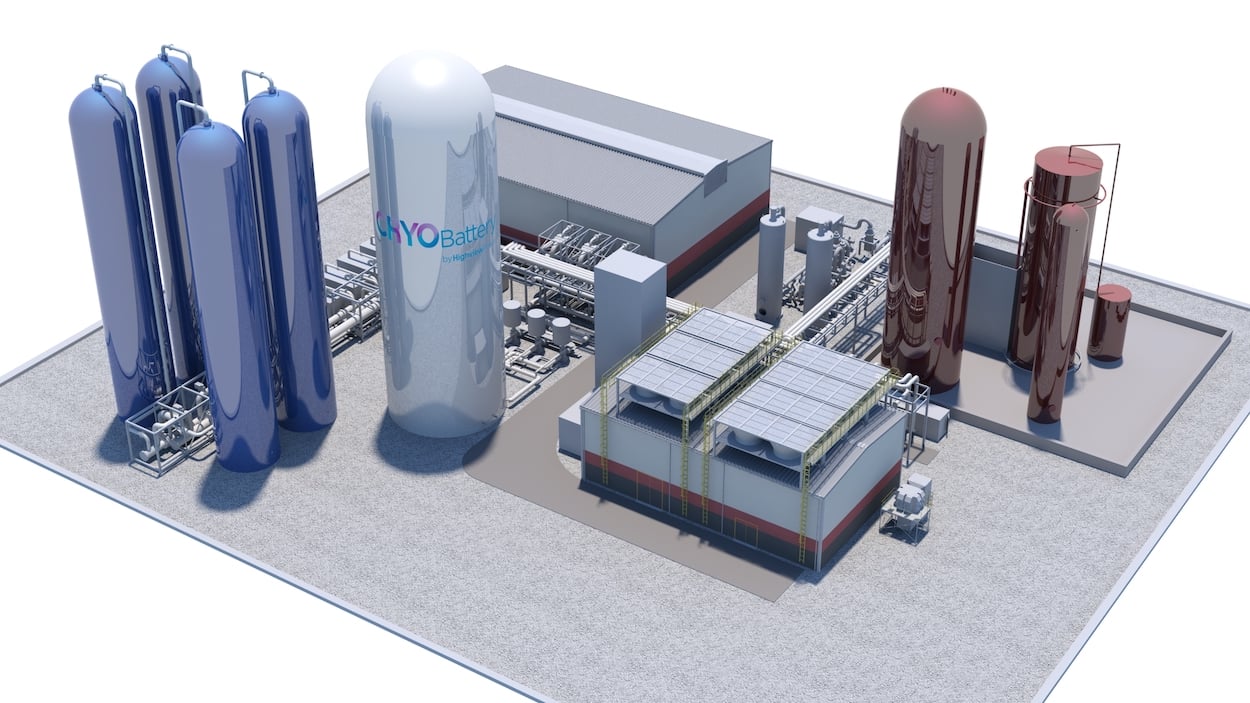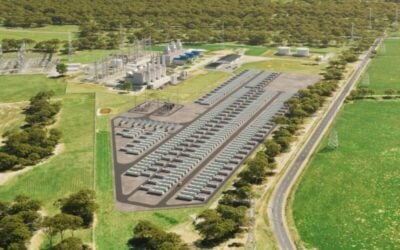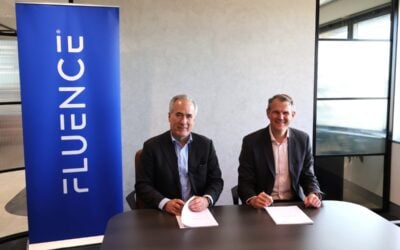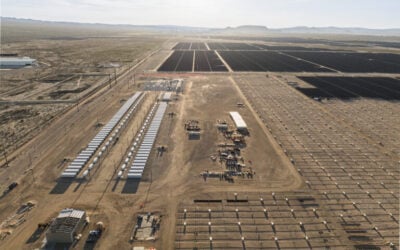
A deal covering co-development of projects in Chile and the wider Latin America region has been signed by Highview Power, provider and integrator of zero emissions liquid air energy storage (LAES) suitable for large-scale, long duration applications.
Highview announced last week that it has entered a joint venture (JV) with Chile-headquartered Energia-Latina S.A. Enlasa (Enlasa) to co-develop what the company described in a press release as “giga-scale cryogenic energy storage projects” in Chile as well as in other Latin American markets.
Enjoy 12 months of exclusive analysis
- Regular insight and analysis of the industry’s biggest developments
- In-depth interviews with the industry’s leading figures
- Annual digital subscription to the PV Tech Power journal
- Discounts on Solar Media’s portfolio of events, in-person and virtual
Energy generation company Enlasa has to date mostly focused on providing backup power to Chile’s National Grid, including making fast responding and / or flexibility assets available to the system to provide grid support and security. While this has meant the operation of four large diesel generation units so far, the company said it is committed to facilitating climate solutions, including through new innovative low carbon technologies.
At the Energy Storage Digital Summit, hosted online by our publisher Solar Media in May this year, Highview Power’s CEO Javier Cavada explained how the ‘CRYOBattery’ developed by his company could economically provide anything from four hours to several weeks’ duration of storage.
The systems cool and compress air into liquid form to be stored in industrial containers, which can then be fed through turbines to create electricity. According to the CEO, while air is liquefied using similar processes to those already used in separating and cooling gases such as nitrogen and oxygen, the gases in an LAES system remain inert, meaning that there is no hazardous risk in the energy storage system’s cooling and containing of air as there would be with liquid oxygen, for example.
In a session on futuristic energy storage technologies reaching commercialisation, that was also participated in by a vanadium flow battery provider and gravity energy storage company, Cavada said that Highview’s LAES solution comes with a 30-40 year lifespan and with a round-trip efficiency of around 60% to 70% from power input, has been proven through a couple of megawatt-scale pilot projects and is most economical in the gigawatt-scale or in the hundreds of megawatts per project.
Projects for which deals have already been signed in the US and the UK are mostly 50MW / 250MWh or larger. Chile is targeting 100% renewable energy in its electricity sector by 2050 and is already well on course to smash a previously set 20% renewables by 2025 policy target. This has lead to the development of hundreds of megawatts of solar PV projects in regions like the sun-rich Atacama Desert, as reported by our sister site PV Tech.
Meanwhile Energy-Storage.news reported a few days ago that work is underway by Chile’s first solar-plus-storage system – which also helps integrate wind power – and is Latin America’s biggest battery storage system so far at 112MW / 560MWh, through the local subsidiary of AES Corporation. Highview Power said that Chile’s ambitious decarbonisation strategy will require long-duration energy storage systems as well as shorter ones and Cavada has said that Highview sees fossil fuels, not other storage technologies such as lithium-ion ESSs, as its true competition.
“Together, our two companies can harness the growing deployment of renewables in Chile and across Latin America and bring renewable baseload power to the region, all without the geographic constraints associated with other energy storage technologies,” CEO Javier Cavada said about the JV with Enlasa.






